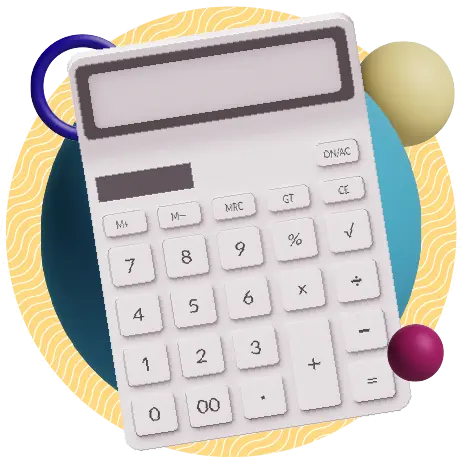Amortization
Definition:
Amortization refers to listing the loan’s repayment schedule over the life of the loan, which the lender does when processing the loan. An amortization schedule shows how much of each payment goes toward the principal, interest, and escrow (if applicable).
Example:
A loan can also be re-amortized. For example, if you make a lump sum payment, your remaining payments can be recalculated. This helps you see how much interest you’ll save over the life of the loan and how quickly you could pay it off. This information can help you decide if making an extra payment is worth it.
Questions to ask:
• What types of debt do you currently have (e.g., student loans, credit cards, mortgages)?
• What is your credit score, and how do you manage your credit? Do you carry a balance or do you pay it off?
• Do you have any outstanding loans or financial obligations?
• What is your current strategy for debt repayment and credit monitoring?
How to prepare:
• Review your credit report and current debt situation.
• Gather any relevant documents, such as loan statements or credit reports.
• Reflect on how you’ve handled debt in the past and what strategies might work best moving forward.
• Approach your financial planning with clarity and a readiness to take action toward your goals.










